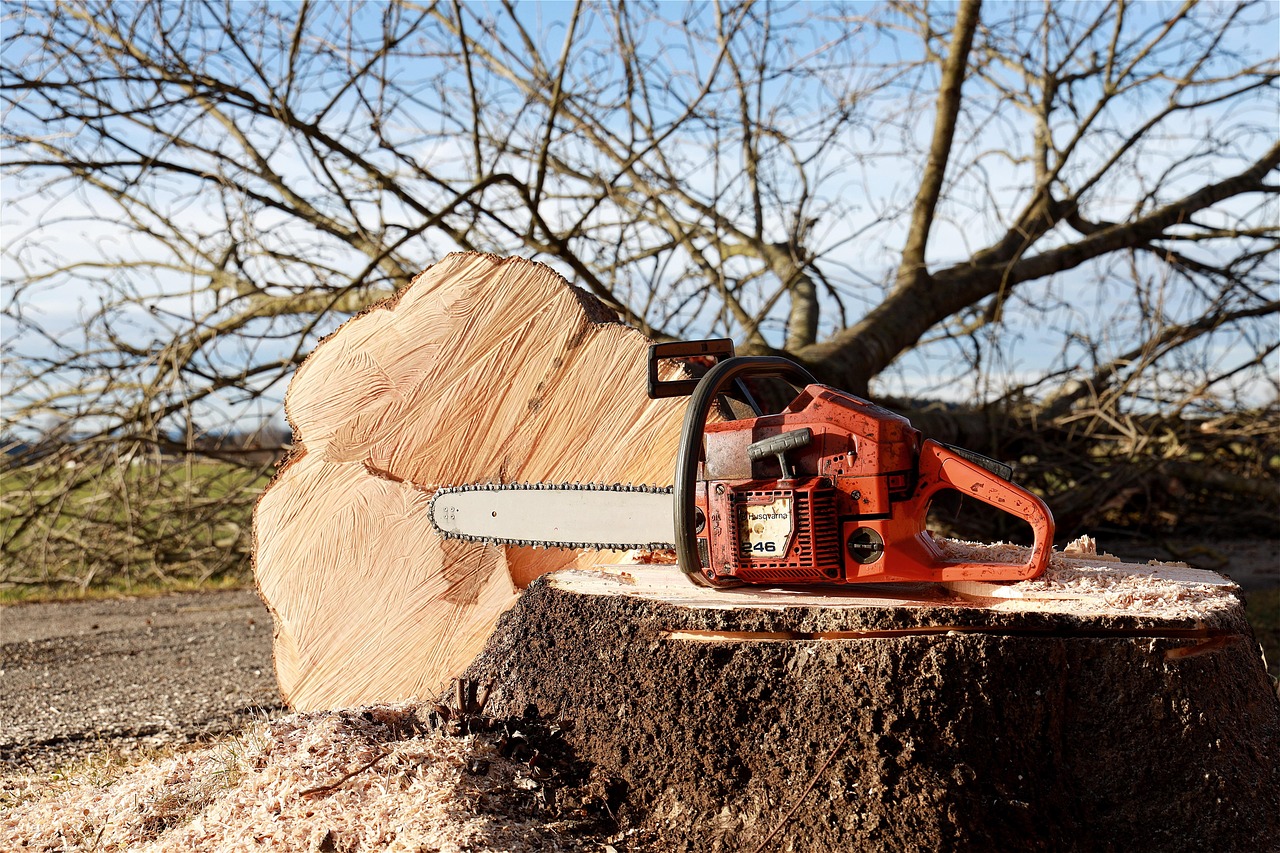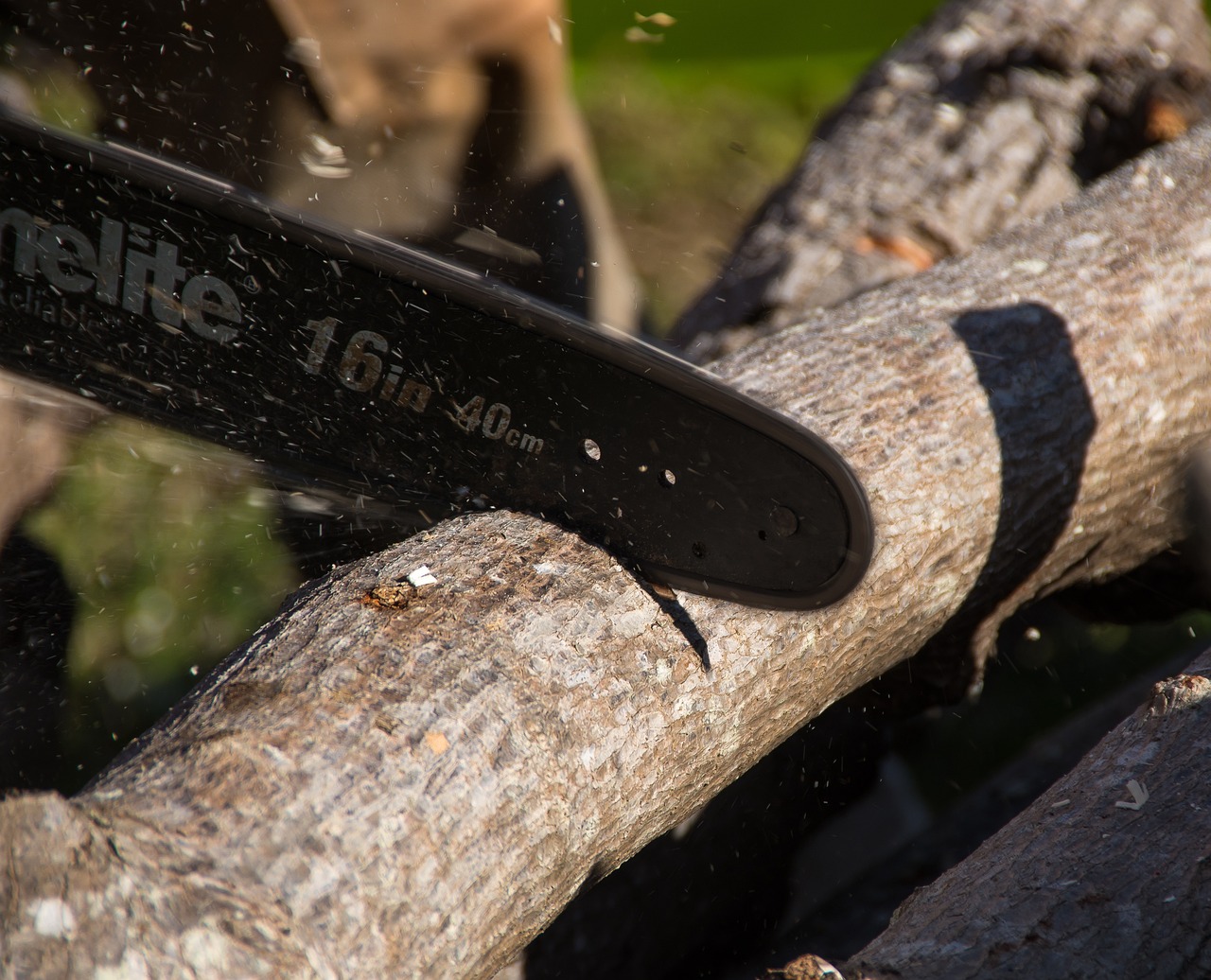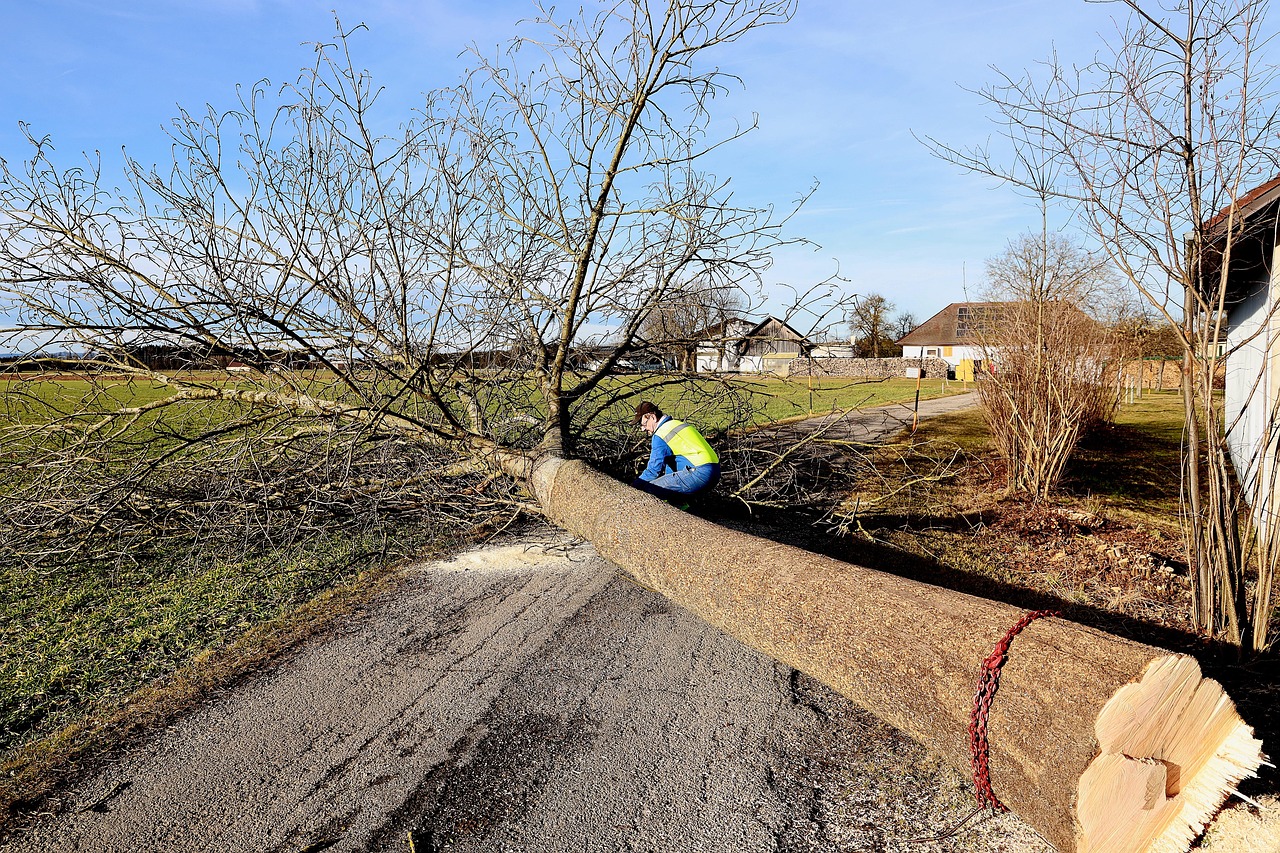Selecting the right tree pruning saw is essential for safe, efficient, and healthy tree maintenance. Whether you’re a casual gardener or a professional arborist, understanding the different types, features, and maintenance tips ensures effective pruning, saves time, and promotes healthier growth while prioritizing safety and environmental responsibility.
From personal experience, I always keep my trees in check because regular pruning not only keeps them looking good, but it also ensures they stay healthy. When I first started, I didn’t realize how important removing dead or diseased branches was until I saw how much a tree can recover once the problem branches are gone. Plus, good airflow within the canopy helps prevent pests and diseases. But honestly, trying to handle larger branches with just hand tools was a nightmare—that’s when I discovered saws are lifesavers, especially for those hefty limbs that are just too thick for pruning shears.

When I started exploring different types of tree pruning saws, I quickly learned that each has its own unique features tailored for specific needs. I always think about whether I need something lightweight for quick jobs or a powerful tool for bigger projects. Professionals tend to opt for more specialized, heavier-duty saws, but I always prefer something user-friendly and portable—especially when I’m climbing ladders or working in tight spots. Understanding what each type offers helped me pick the right tool for the job and avoid unnecessary frustration.
Types of Tree Pruning Saws
From my experience, pruning saws come in several flavors, and it’s good to know which is best for your needs:
- Manual Pruning Saws: I always kept a few of these in my shed. They’re perfect for small, precise cuts and don’t require power—just a steady hand.
- Pole Saws: I’ve found these incredibly helpful for reaching high branches without dragging out a ladder. They come in both manual and powered versions, so I always choose based on the height I need to reach and the number of branches I plan to prune.
- Powered Pruning Saws: I’d recommend these if you’re dealing with lots of thick branches. They’re much faster but require some maintenance and a bit of space for storage.
- Folding Saws: I keep one of these in my backpack for quick spur-of-the-moment trims—they’re lightweight and incredibly portable.
In my opinion, picking the right type largely depends on branch size and how often you prune. For instance, I only use my powered saw a few times a year—it’s a game changer when I do, but for regular maintenance, I prefer manual or folding saws for their ease and convenience.

Pro-Tips: Lessons I Learned the Hard Way
When I first started using pruning saws, I underestimated the importance of sharpening my blades regularly. Dull blades made the cuts jagged and required more effort, which increased the risk of slipping or causing damage to the tree. Now, I make it a habit to sharpen my blades every few uses to keep cuts clean and my safety level high.
I also used to rely solely on manual saws for every task. It wasn’t until I tried powered saws for larger branches that I realized how much time and effort I could save. However, I learned that choosing the right saw depends on the branch size; trying to cut thick branches with a small saw is a waste of energy and increases frustration.
When I first bought a pole saw, I didn’t pay enough attention to handle ergonomics and balance. It made reaching high branches awkward and tiring. Later, I invested in a model with an ergonomic handle and proper weight distribution, which made a huge difference in control and comfort. Don’t overlook the importance of handle design—your hands and arms will thank you.
I once skipped reading the manufacturer’s instructions and didn’t realize how crucial proper maintenance routines are. Not lubricating moving parts or storing my saw properly led to unnecessary wear and rust. Now, I always clean, lubricate, and store my saw in a dry place, extending its lifespan and ensuring safe operation.
Finally, trying to prune near power lines or unstable branches without assessing the situation was a mistake I’ve learned to avoid. Safety is paramount; I always check the surroundings and plan my cuts carefully to prevent accidents or injuries. Never underestimate the importance of wearing safety gear—glasses, gloves, and sturdy footwear are non-negotiable in my book.
Features to Keep in Mind
I always pay close attention to features when selecting a saw. It’s important because I’ve learned that the right features can make pruning safer and more comfortable. My tips:
| Feature | Description |
|---|---|
| Blade Material | I prefer blades made of high-carbon steel—so sharp and durable. I’ve had blades rust on me before, so I also look for stainless steel to avoid that problem. |
| Blade Length | Longer blades are great for thicker branches, but I’ve found they can be harder to control. Shorter blades give me more precision, especially in tight spots. |
| Teeth Configuration | Teeth designed for green wood cut faster and cleaner. I always check which teeth are suited for the type of branches I work on. |
| Handle Design | Ergonomic handles are a must in my book. They reduce fatigue, especially for longer pruning sessions, and I avoid tools that slip easily. |
| Weight | I always try to balance weight and durability. A lightweight saw is easier to handle, but I don’t want it to feel flimsy. Finding a balance is key. |
I’ve learned that these features really do impact how well and comfortably I can prune. A sturdy blade and a comfy handle turn a chore into a manageable task.
Maintaining Your Pruning Saw
From my experience, proper maintenance is the secret to your saw lasting years. Here’s what I always do:

- Cleaning: I always wipe down the blade after use—sap and dirt can build up and dull the blade if left unchecked.
- Lubrication: A little oil on moving parts keeps the saw running smoothly. I do this regularly, especially for powered models.
- Sharpening: I’ve learned that dull blades are dangerous—they require more effort, risk tearing bark, and give jagged cuts. I sharpen mine every few uses.
- Storage: I store my saw in a dry place, protected by a cover, to prevent rust and accidental injuries.
This routine has kept my tools in top shape, making every pruning session safer and more efficient.
Choosing the Perfect Pruning Saw for You
From my own journey, I always advise folks to assess their needs carefully. Think about branch size, how often you’ll prune, and safety. For example, I used to buy cheaper manual saws, but I quickly learned that investing a bit more in a high-quality saw paid off because it made the work easier and safer in the long run.

Branch Size and Type
One thing I’ve learned is that knowing your branches is key. Small branches (up to 1 inch thick) are easy with hand pruners or tiny manual saws. For medium branches (1-4 inches), I grab a small to medium-sized saw or pole saw. When branches get really thick—over 4 inches—I switch to my larger manual or powered saw. It saves a lot of time and effort.
How Often Do You Prune?
This really influences your choice. I only prune occasionally, so a simple manual or folding saw works fine for me. But if you’re a serious gardener or professional, I recommend investing in a more durable, high-quality saw that can handle frequent use without trouble. It’s worth it for the convenience and safety.
Electric vs. Manual: What Makes Sense?
For years, I’ve debated which is better—electric or manual. Here’s what I always keep in mind based on my own experience:
Manual Saws
- They’re light, cheap, and give me great control. I love keeping one handy for quick, small jobs.
- No batteries or gas needed—just pure muscle, which sometimes I prefer for delicate cuts.
Electric Saws
- They’re faster and less tiring, especially when tackling thicker branches.
- Just make sure you have a good battery life or sturdy cord, or else you’ll get frustrated.
- They cost more, but for big jobs, I always find they’re worth the investment.
Safety First—Always!
Experience has taught me that safety should never be overlooked. I always wear safety glasses, gloves, and sturdy shoes. Before starting, I do a quick inspection of my saw—dull blades or damaged handles are risks I avoid. I also make sure to cut away from my body and keep my footing stable. And I never work near power lines or other obstacles. Better safe than sorry.
Favorite Brands (Based on My Experience)
| Brand | Here’s what I think from personal use |
|---|---|
| Silky | Top-notch manual saws with sharp blades and clever designs. I always keep one in my toolkit. |
| Fiskars | Very affordable and sturdy—my go-to for general pruning. |
| Ariens | For heavy-duty electric saws, I’ve used their models and they never let me down. |
| Ego Power+ | Reliable cordless options that give me freedom to move around without cords holding me back. |
Choosing the right brand depends on your needs and budget. I always recommend reading reviews and trying a few if possible before making a big purchase.
High-Tech Features That Make a Difference
I’ve noticed some newer features that really boost performance:
Telescoping Handles
I love that these extend, letting me reach higher branches without needing a ladder. When I’m done, I just retract them, making storage easier.
Adjustable Blade Angles
This feature helps me navigate tight spots and gives me cleaner cuts. It’s especially helpful when branches are awkwardly placed.
Better Batteries
- Longer battery life means I don’t have to stop halfway through my work.
- Fast-charging options are a lifesaver when I’m pressed for time.
My Take on Budgeting
I’ve learned not to skimp on quality—sometimes a slightly pricier saw lasts for years and makes the work much safer. Usually, less expensive models ($10–$50 for manual, $100–$300 for electric) are fine for casual pruning. But if you prune often or professionally, investing in a durable, high-performance tool is well worth it in the long run.
Think Green When You Prune
Environmental consciousness is important to me. I always try to choose eco-friendly tools—like ones made from recycled materials or powered by rechargeable batteries. After pruning, I recycle small branches or turn larger ones into mulch using a wood chipper. It feels good knowing I’m helping the ecosystem while taking
